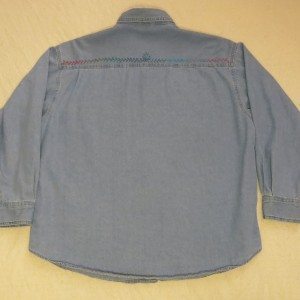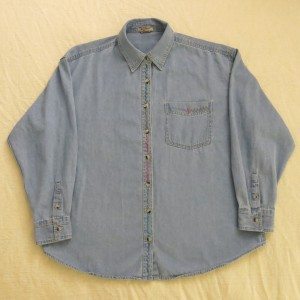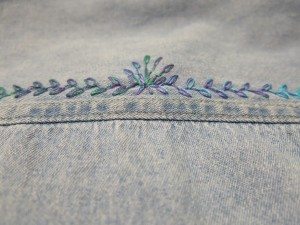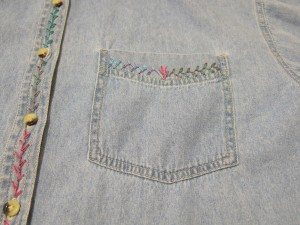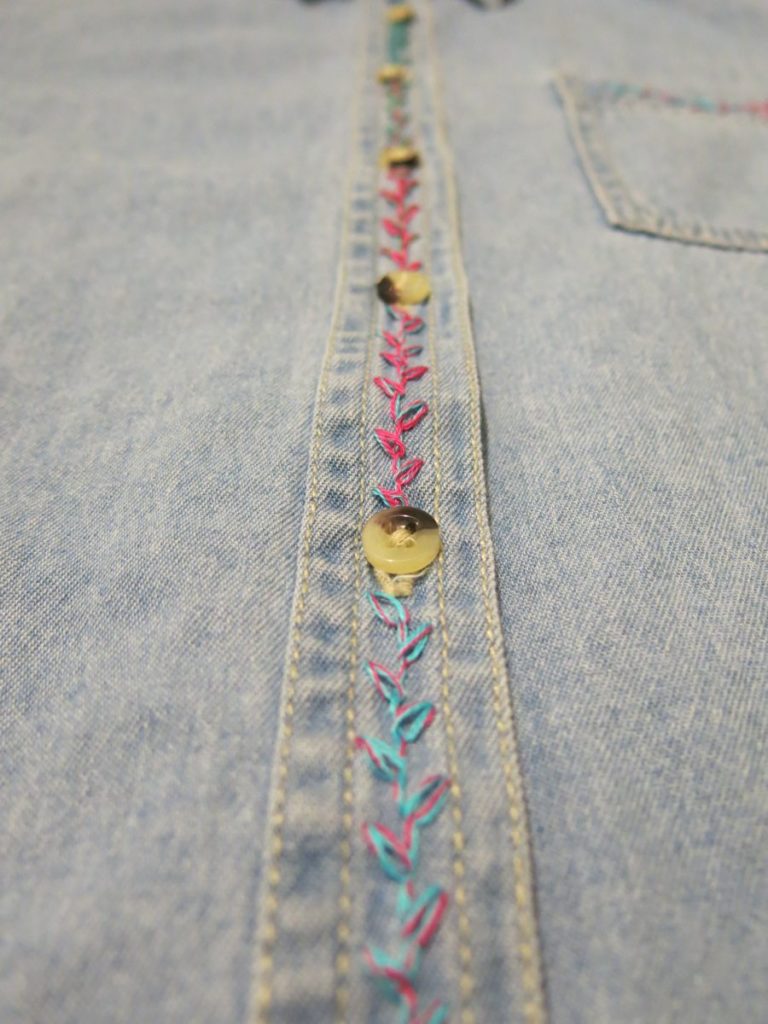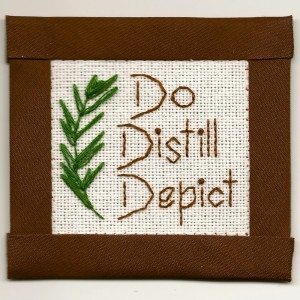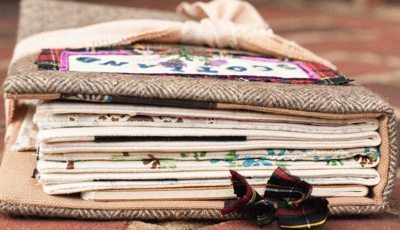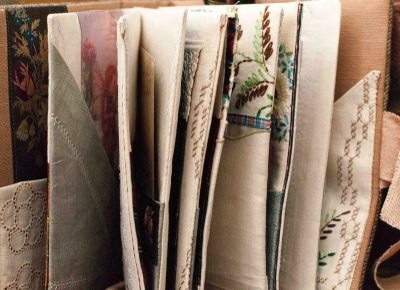 My post last summer about how to teach embroidery was just the beginning of my contemplation – for me, writing is an essential part of the thinking process in addition to its expression. I was scheduled to teach embroidery tonight, so it’s been front of my mind again.
My post last summer about how to teach embroidery was just the beginning of my contemplation – for me, writing is an essential part of the thinking process in addition to its expression. I was scheduled to teach embroidery tonight, so it’s been front of my mind again.
Unlike crochet, there is no clear order in which to teach the fundamentals of embroidery (arguably there are at least two orders for crochet – sc-centric vs. dc-centric – but embroidery doesn’t even have an argument).
That makes it a bit like ballroom dance. I took ballroom dance lessons for a few years in my mid-20s, and I was always interested to see what order dances were taught in, and what dance would be chosen for an isolated lesson to a wider audience. There are straightforward dances, dances that allow you to do a lot with a little bit of knowledge, dances that look impressive, dances that can be done in a wider variety of settings… but nothing that satisfies all desirable criteria at once. Furthermore, of the more interesting and applicable dances, a straightforward basic step often goes with trickiness as soon as you want to learn a turn. How to choose, even after narrowing to a certain category of dance? I have the same problem with ordering stitches in teaching.
Here’s my incomplete and stretched analogy.
- Running stitch and backstitch are like proper dance posture and partner hold: clearly necessary and willingly learned, but not what anyone is actually there for.
- Blanket stitch is like the rhumba: desirable and useful (such as when The Drifters come on at a wedding reception), with a reasonably straightforward basic step, but unexpected complications related to turns (I couldn’t resist, though with blanket it’s really starting and stopping more than turning).
- Chain stitch is like salsa: fun, appealing, widely applicable, with a complicated basic step that can trip you up even after you’ve done it a while, but fairly easy to learn the other moves once you’ve mastered the basic.
- French knot is like the waltz: seems like it ought to be straightforward, but is actually a bit subtle and can be hard to do smoothly and consistently.
- Cross-stitch is like merengue: there’s almost nothing to it – it’s all in what you do with it.
- Feather stitch is like the foxtrot: A little weird at first, then fairly easy as long as you don’t overthink it.
- Achieving even stitch size and consistent tension are like leading with finesse and following responsively: Teachable to a certain extent, but impossible to really learn without extensive practice, preferably in a variety of stitches or dances.
Of course with these I’m thinking of just the fundamental parts: the basic move, turns, breaks; or alternatively, starting, stopping, and turning the basic stitch. You could think of all the fancy moves that you can learn in any dance as akin to fancy variations on stitches – woven, knotted, et cetera.
Any dancer-embroiderers out there have more or alternative matchups?
